Doug Cocker may be an artist, but working in the 3D world of sculpture has given him a pragmatism which seems to elude his contemporaries.
From his studio in Lundie, Scotland’s foremost sculptor Doug crafts what he calls “families” of sculptures.
They are often abstract and nearly always wood; an unusual choice for a medium most commonly adopted by bronze workers or plaster artists, and built to weather decades.
Indeed, perhaps Doug’s best known piece of work in his own neck of the woods is The Bridge, a massive granite structure on Dundee’s riverside which, he reveals, was designed by him but cast in stone by a company in China.
So what is it about wood that attracts Doug?
“I just like the smell of it,” admits Doug, 78, candidly. “I like the texture of it, the diversity of it.
“My wife won’t let me use plaster in the house, because it gets everywhere.
“Plus casting in bronze for example, that’s a lot of faffing. I was put off stone carving – it’s such a task. But wood’s quick, and it’s alive.”
Although working with living material does come with its drawbacks when it comes to preservation and exhibition, as the team at the McManus found when they acquired Doug’s 30-piece wooden installation, The Plural.
“We had to freeze them!” reveals McManus art curator Susan Keracher. “Because they’re a natural material, so there was little beasties and things in there. Then we quarantined them for weeks.”
Indeed, Doug recalls a former collection succumbing to infestation in the basement of an Edinburgh collection because it hadn’t been frozen.
But despite the work he puts into them, he’s not precious about his sculptures unpredictable lifespan.
“Ocht, nothing lasts forever,” he chuckles when asked if seeing the breakdown of his pieces upsets him. “I just want to have a buzz while I’m doing it!”
The Plural ‘too frightening’ for RBS
The Plural, currently on display in the museum’s What’s New exhibition, is a prime example of Doug in his element.
It comprises more than 30 “rough and ready” sculptures, each a couple of feet high, combining pieces “straight off the tree” with more heavily worked elements to create a striking – and fearsome – effect.
So fearsome, in fact, that their original intended destination – the Royal Bank of Scotland offices – asked Doug to create something else after seeing initial prototypes.
“Frank McGarry, who was in charge of the RBS collection, commissioned me to make something for their offices,” explains DJCAD graduate Doug.
“He came to see them in person, and I’d been working on a number of small pieces for what I had in mind. I had only made one or two of these big ones -” he gestures to the wall containing The Plural – “to show him. And he says, ‘Doug, you cannae put them up, they’ll frighten the people away!’.”
Instead, RBS took 70 of the smaller pieces to display; these now reside in Coutts bank – the bank used by the royal family – on The Strand.
But even after the commission brief changed, Doug persisted.
“I thought, well I want to make them big anyway!” he laughs defiantly. “So I did.”
‘It’s a wee bit like a football team’
The result is what now resides on the wall of the McManus’s What’s New exhibition; the first piece of Doug’s to be included in the Dundee museum’s collection.
Based at first off money containers such as a piggy bank, purse or sporran, the sculptures “took on a life of their own” to become more abstract.
Worked on over the span of months, the collection became more of an exercise in fitting together different types and shapes of wood; where would be hollow, where would pieces join, and how would they be displayed alongside one another?
“It’s a wee bit like the way a football team might work or might not work with certain players,” explains Doug.
“If there’s two with similar elements together, you have to kind of diversify and vary it. It’s a necessary part of the overall presentation.”
Doug’s Uncle Jack was a joiner in Kettins, and he has fond memories of visiting his uncle’s workshop growing up.
But the former Gray’s School of Art lecturer’s love affair with wood began in earnest during his teaching days, when he had access to the college’s woodworking shop.
“It was like Christmas!” he smiles. “I just had fun learning how to use all the different machines – the saw, sander, fretsaw, jigsaw. I kind of taught myself.
“I was just playing.”
The Plural is on showing at the McManus’ free What’s New exhibition now, and will be displayed permanently in the museum’s central core after the exhibition ends. For more information, visit the museum’s website.
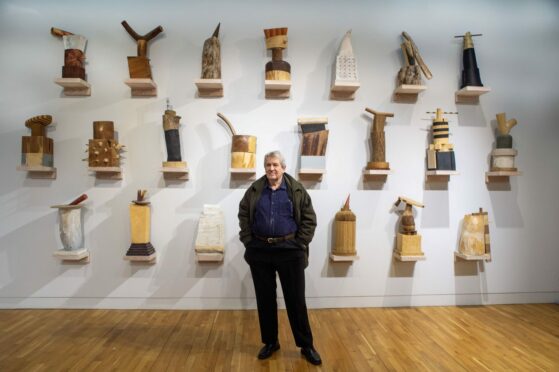
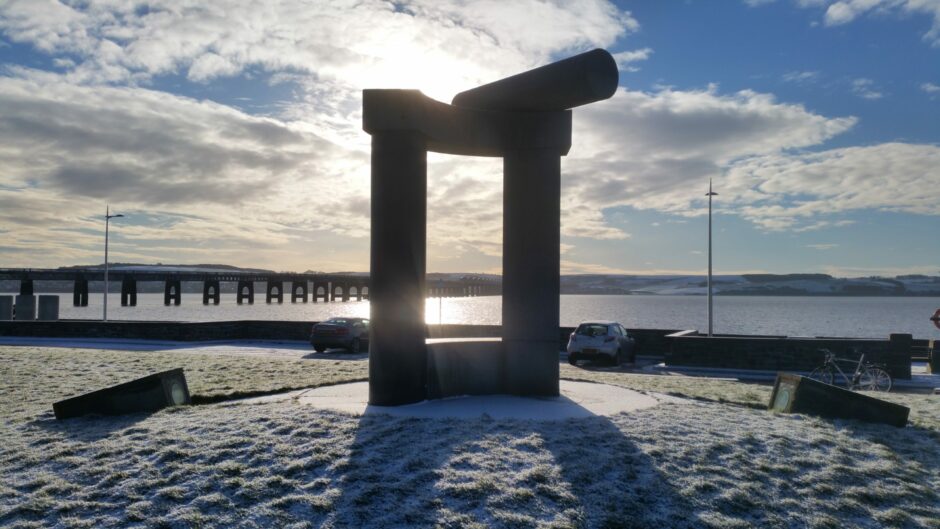

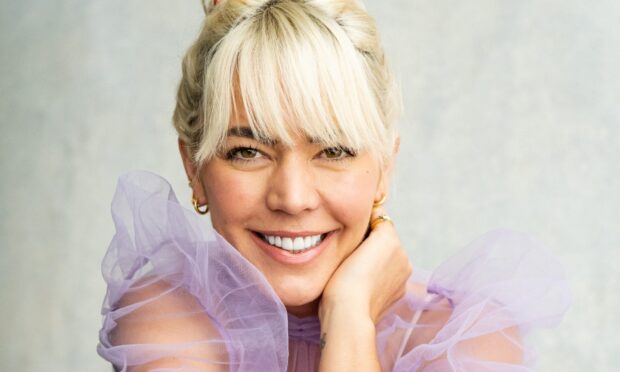



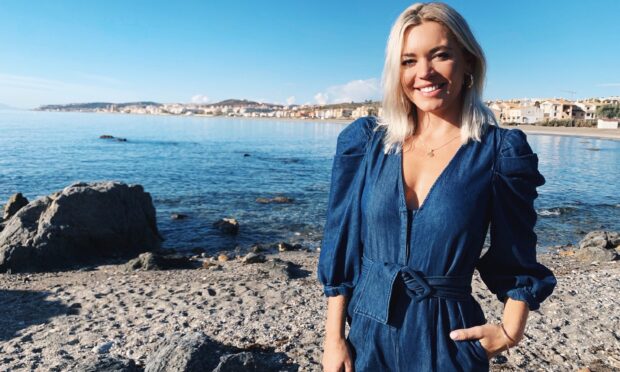

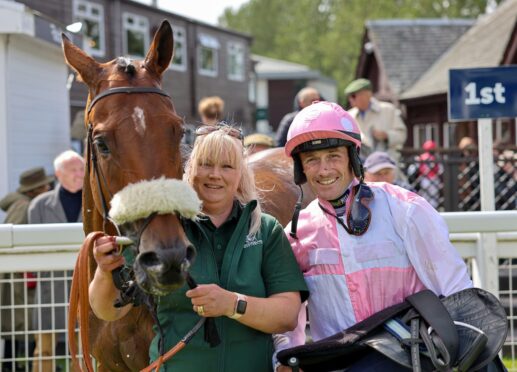
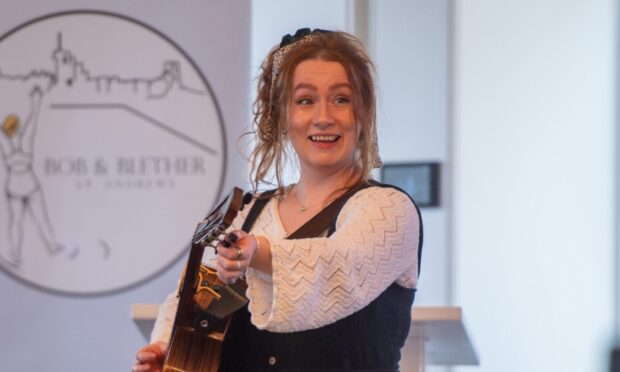


Conversation